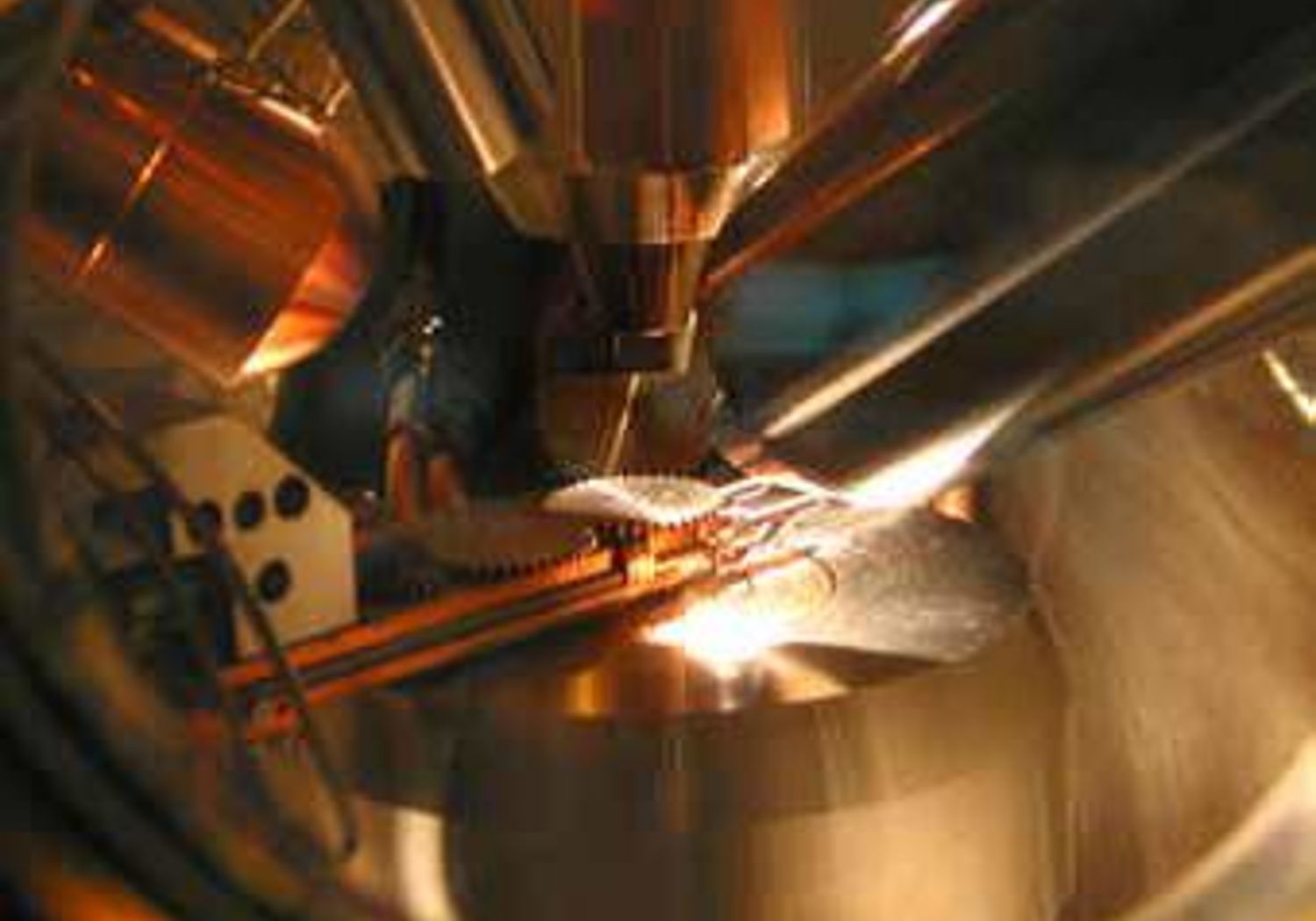Chemical and optical characterisation of nanomaterials in biological systems
Short Name: Nano ChOp, Project Number: NEW03
Nanomaterials in biological environments
Nano-particles are used in products from medical devices to cosmetics in a global market worth €9.6 billion, but concerns are growing over their safety. Nanomaterials pose a potential risk to human health as their properties change during interactions with biological systems. Accurate measurement methods are needed to determine the size, concentration and toxicity of ingested or inhaled nano-particles.
The EMRP project Chemical and optical characterisation of nanomaterials in biological systems (Nano ChOp) developed methods to characterise the physical, chemical and optical properties of nanoparticles in biological environments - a pre-requisite for reliable toxicological studies. The project:
- Compared the performance of a wide variety of nanoparticle physical and chemical methods for analysing nanoparticles using characterised materials in both neutral solutions and biological serum. • Developed and validated a method for future chemical characterisation of reference nanomaterials by combining existing methods for particle size separation and mass spectrometry.
- Developed a validated procedure and spectroscopic methods for determining the light from fluorescently labelled nanomaterials in aqueous media and biological serum. This is important for determining the parameters affecting the behaviour of nanomaterials, such as the number of proteins adsorbed onto the nanomaterials in biological systems.
- Developed a procedure for validating biotechnology laboratory processes based on the fluorescent labelling of antibodies. This is important as fluorescent labelling is used to indicate the presence, and quantity of target molecules in a bio-sample using the light fluorescence generates.
The project addressed the need for accurate nanoparticle physical and chemical measurements in biological systems by validating routinely used laboratory techniques using well characterised nanoparticles in both buffer solution and biological serum. Testing highlighted the benefits of initial size segregation on particle sizing measurement accuracy. By adopting a two stage approach, it becomes easier to detect the ‘rare’ particles of interest in toxicity studies or disease diagnosis.
As a result of this project, important first steps have been made in understanding how molecular properties are affected by nanoparticle labelling. This lays the foundations for increasing the reliable use of nanoparticles in medicine and healthcare. The validated methods and protocols developed in the project will play a key role in ensuring the safe use of nanomaterials. Organisations developing nano-biotechnology and nano-medicine can now have increased confidence in the accuracy of measurements for toxicology studies and risk assessments.
